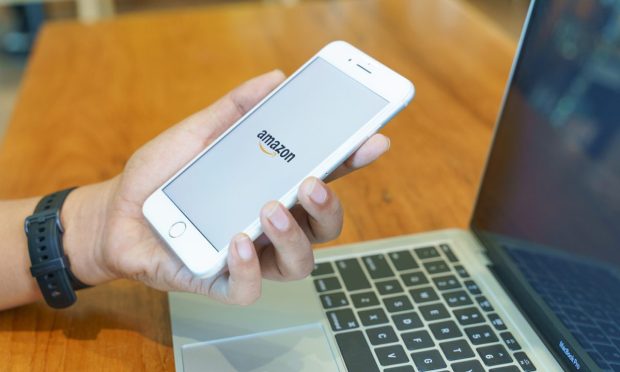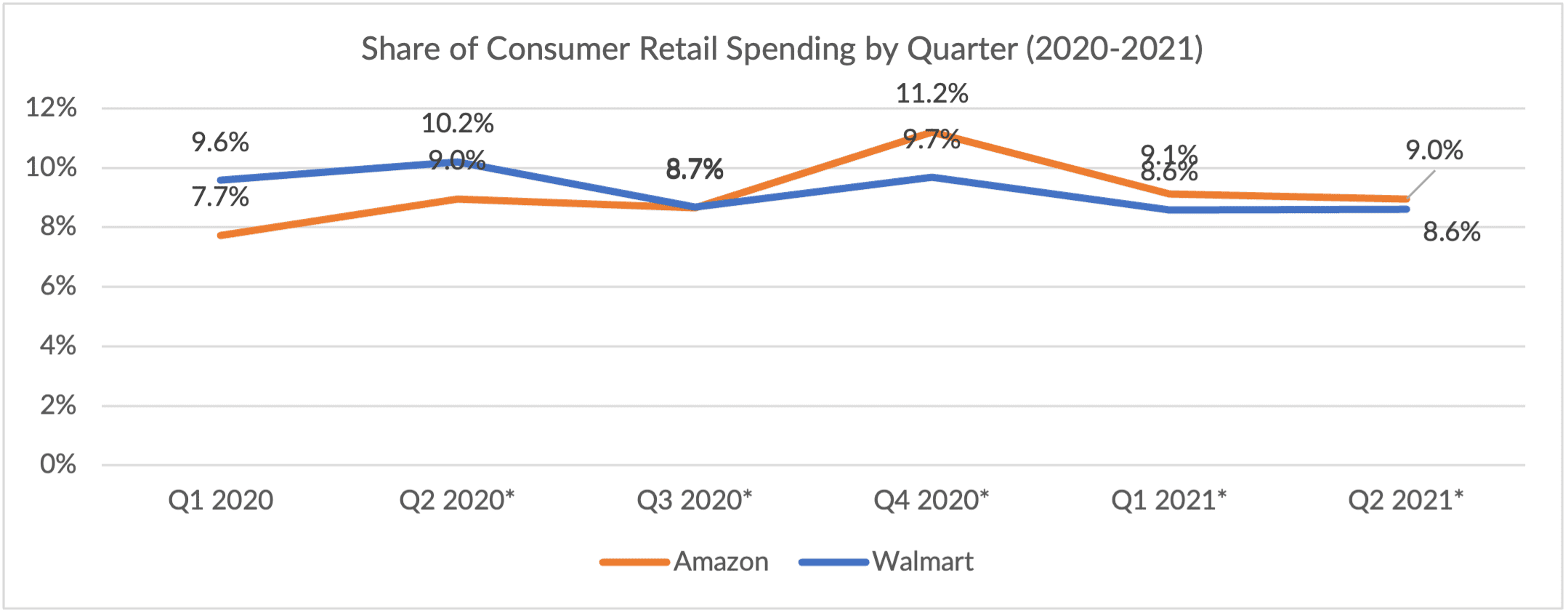Amazon Pushing More Aggressively to Develop Omnichannel Capabilities

Among the slew of announcements rolled out by Amazon at its Accelerate seller conference last week, one item stood out as a clear sign of the eCommerce giant’s omnichannel ambitions: a new set of services allowing retailers to offer in-store pickup to local customers.
Jim Adkins, vice president of recreational and vocational categories at Amazon, said that Local Selling provides “enormous opportunities” to sellers who want to add more selection to their Amazon business and expand their multichannel offerings by integrating physical stores and delivery capabilities with digital operations.
“This new capability is an exciting way to help sellers reach and delight more customers with great products and convenience,” Adkins said in a statement.
PYMNTS research, conducted in collaboration with Carat from Fiserv, found that 94% of consumers have made a purchase on an online marketplace, with 91% having shopped on Amazon in the last 12 months. At the same time, though, over 40% of consumers say the ability to pick up online orders curbside or in-store would encourage them to shop at physical stores, including over half of those who have increased their digital shopping behaviors in the last year.
Amazon Local Selling is currently available from both national and local retailers, the eCommerce giant said, including Mavis Discount Tire, Sears Hometown Store, Best Buy and Mattress Warehouse, among others.
Encroaching on Walmart’s Turf
As Amazon approaches the day it overtakes Walmart as the top retailer in the U.S. — which will likely come within the next year, according to PYMNTS data — the company has been bolstering its omnichannel capabilities to expand its reach. The introduction of Local Selling comes on the heels of reports that Amazon is planning to open department store-style physical retail locations, initially in Ohio and California, after years of ramping up in-store offerings of books, groceries and highly-rated merchandise.
See also: Technology Front and Center in Proposed Amazon Department Stores
In the second quarter, Walmart’s omnichannel approach helped to neutralize decelerating eCommerce sales while still catering to consumers who are concerned about contracting COVID-19. This stood in contrast to Amazon’s quarterly results, which missed expectations because of decelerating eCommerce sales.
Eighty percent of retail sales are still made in brick-and-mortar stores, despite a decrease in the share of shoppers who prefer a physical shopping experience during the pandemic. Some industry watchers have suggested that Amazon’s move into physical retail could be a game-changer for digital marketplaces and merchants.
Kunal Chopra, CEO of eCommerce software company Kaspien, told PYMNTS after the initial reports of Amazon’s department stores in August that the plans are a testament to the company’s agility, “and sets the stage for the future of retail and eCommerce.”
“Now, rather than consumers having to wait 24-48 hours for delivery of their favorite clothing, home goods and electronics, they can pick it up in-store for instant gratification,” Chopra said. “This concept of agility and a diversified selling strategy is so important for eCommerce and retailers to keep in mind as they look for ways to stay competitive in the growing market.”
PYMNTS’ proprietary data shows that Amazon had a 9% share of consumers’ retail spending and nearly 50% of all eCommerce sales in the second quarter, compared to rival Walmart’s 8.6% share of retail spending and 5.9% of the eCommerce market.

Source: PYMNTS data
Readers also liked: AMZN vs. WMT Weekly: Retail Giants Remain in Dead Heat for Top Spot
PYMNTS’ proprietary data is derived from a gross market value standpoint, which tracks the full value of everything sold, not the actual revenue the companies earn by way of partial commissions on items sold through third parties on their platforms.